
WRC 2017 is here! On the 19th of January, a new era of the WRC will start in Monte Carlo. Volkswagen may have left, but lining up will be the reigning drivers champion Seb, who as you will all be aware has signed to drive M-Sport’s newest creation!
Citroen are back after their part season last year, with Kris leading their challenge to the French 4-times world champion. Their new car is based upon the brand new C3.
Hyundai return with another brand-new car based on the i20 Coupe and with an unchanged driver line
up, will be looking to win both the drivers and manufacturers championship. They can expect a big fight
with both Citroen and M-Sport.

Finally, Toyota return to the WRC after an absence of 17 years. With 4 times world champion Tommi

Makinen heading the team, and Jari-Matti in one of the cars, they have all the right elements in place to
have a very good season.
This was last year’s result, when Seb won Monte for the third year in a row.
01. Sébastien Ogier/Julien Ingrassia (F/F), Volkswagen, 3h 49m 53.1s
02. Andreas Mikkelsen/Anders Jæger (N/N), Volkswagen, + 1m 54.5s
03. Thierry Neuville/Nicolas Gilsoul (B/B), Hyundai, + 3m 17.9s
04. Mads Østberg/Ola Fløene (N/N), Ford, + 4m 47.7s
05. Stéphane Lefebvre/Gabin Moreau (F/F), Citroën, + 7m 35.6s
06. Dani Sordo/Marc Martí (E/E), Hyundai, + 10m 35.5s
07. Ott Tänak/Raigo Mõlder (EST/EST), Ford, + 11m 39.9s
08. Elfyn Evans/Craig Parry (GB/GB), Ford, + 18m 30.8s
09. Esapekka Lappi/Janne Ferm (FIN/FIN), Škoda, + 20m 41.0s
10. Armin Kremer/Pirmin Winklhofer (D/D), Škoda, + 20m 43.9s
Here’s a look at the stages that will make up this season opener. There are 17 stages in this year’s 85th edition of this classic event. Snow and ice can really make tyre choices very hard and there are stages that are run in complete darkness.
SCHEDULE FOR THE 85TH RALLYE MONTE-CARLO

WEDNESDAY 18 JANUARY
4.00pm: shakedown (Gap)
THURSDAY 19 JANUARY
6.11pm: Start of day 1 (Monaco – Place du Casino)
8.14pm: SS1 – Entrevaux – Val de Chavalgne – Ubraye (21.25km)
10.57pm: SS2 – Bayons – Bréziers 1 (25.49km)
00.02am: Flexi service A (Gap – 48 mins)
FRIDAY 20 JANUARY
9.00am: Start of day 2 and service B (Gap – 18 mins)
10.11am: SS3 – Agnière en Devoluy – Le Motty 1 (24.63km)
10.44am: SS4 – Asprès les Corps – Chaillol 1 (38.94km)
11.47am: SS5 – St Léger les Mélèzes – La Batie Neuve 1 (16.83km)
1.02pm: Service C (Gap – 33 mins)
2.28pm: SS6 – Agnière en Devoluy – Le Motty 2 (24.63km)
3.01pm: SS7 – Asprès les Corps – Chaillol 2 (38.94km)
4.04pm: SS8 – St Léger les Mélèzes – La Batie Neuve 2 (16.83km)
5.14pm: Flexi service D (Gap – 48 mins)
SATURDAY 21 JANUARY
7.17am: Start of day 3 and service E (Gap – 18 mins)
8.08am: SS9 – Lardier et Valenca – Oze 1 (31.17km)
8.58am: SS10 – La Batie Monseleon – Faye 1 (16.78km)
10.07am: Service F (Gap – 33 mins)
11.13am: SS11 – Lardier et Valenca – Oze 2 (31.17km)
12.08pm: SS12 – La Batie Monseleon – Faye 2 (16.78km)
1.17pm: Service G (Gap – 33 mins)
3.03pm: SS13 – Bayons – Bréziers 2 (25.49km)
4.23pm: Service H (Gap – 48 mins)
9.11pm: Parc ferme (Monaco)
SUNDAY 22 JANUARY
7.40am: Start of day 4
9.22am: SS14 – Lucéram – Col St Roch 1 (5.50km)
10.12am: SS15 – La Bollène Vésubie – Peira Cava 1 (21.36km)
11.16am: SS16 – Lucéram – Col St Roch 2 (5.50km)
12.18pm: SS17 – La Bollène Vésubie – Peira Cava 2 (21.36km)
1.53pm: Parc ferme
3.00pm: Prize-giving ceremony (Place du Palais Princier – Monaco)
So, here’s the views of the drivers ahead of this iconic event!
Hyundai WRT
Hayden Paddon commented:
“I am feeling in good shape and raring to go for the season ahead. I am cautiously optimistic about the potential of the Hyundai i20 Coupe WRC but we never really know where we stand until we’re out on the stages. Monte-Carlo is a baptism of fire for everyone, particularly with the new regulations, so it promises to be an exciting rally. However, it is also the most challenging event of the year so the focus for us is to finish and get more miles in the new car for the rest of the season.”
Thierry Neuville said:
“I am looking forward to starting the new season. My experiences in Monte Carlo have been mixed in the past, but I finished on the podium last season. Undoubtedly it’s a great event and a spectacular one for the fans. There is a lot of strategy to it, which makes it interesting as it means that everyone on the team is involved. With the increased power of the new car too, we are confident that we can challenge here!”
Dani Sordo said:
“It has been good to be back behind the wheel of our Hyundai i20 Coupe WRC in pre-event testing this week. I cannot wait for the new season to start properly. There have been a lot of changes with the regulations so it will definitely be exciting to see how everything unfolds in this first round of 2017. I am personally happy with the approach we have taken with our new car. I know the team has worked incredibly hard so now we want to get onto the stages and do our best for a good start to the new season.”
Citroen Abu Dhabi WRT
Kris Meeke said
“We’re getting close to the point where should be ready to start a rally in the best possible conditions! After our last test sessions, I can’t wait to move onto the next stage. I have the feeling that we’ll be in the spotlight here, but I hope I can concentrate on my driving. It’s never easy to compete at Monte-Carlo. At each service, we’ll need to put our heads together to come up with the right – or the least wrong – tyre choice. People have no idea of the mountains of work done during test sessions to acquire data and then work out whether a given option is the right one. In this area, Citroën Racing has a great deal of experience that I can make use of. For this first rally, my aim is pretty simple: stay relaxed and enjoy myself in the car. They do say, and rightly so, that anything can happen at Monte-Carlo.”
Stephane Lefebvre said
“Gradually, I realise that the day of reckoning is getting closer. What we have been talking about for months as being in the future is now here, in the present! We have been discussing all sorts of things with the engineers, every day, talking about the slightest detail related to my car. Nothing has been left to chance and it’s genuinely fascinating to be in the middle of this works team. On this, my first rally with this status, I will be aiming to finish in a good position and score as many points as possible for Citroën. I think I’m still short of time behind the wheel with the C3 WRC and I don’t want to get ahead of myself. I have to get to grips with the car in racing conditions before trying to drive on the limit. I think we’re all in the same boat to some extent, with a number of unknowns in all areas.”
Craig Breen said
“I will certainly be the driver under the least pressure this weekend! I’m pleased to start my season in an old car, because I don’t have a lot of experience at Monte-Carlo. This appearance will give me the chance to learn about the rally. It will also be an opportunity to note the gap between the two generations of World Rally Cars. My priority is to rack up the miles, but I will also be pleased if I manage to score a few points. They may come in handy in the final reckoning at the end of the season.”
Toyota Gazoo Racing
Jari-Matti Latvala, Driver (Yaris WRC #10)
Two months ago, I would never have imagined that I would be starting Rallye Monte-Carlo with Toyota, so that’s really exciting. In total I’ve done 12 days of testing: four days on snow, one day on gravel, and seven days on asphalt. That’s a good amount of testing and we’ve made some useful steps in that time. The car feels very strong but in terms of performance it’s difficult to say, as everyone comes with a new car. In any case this year is all about development: For Monte I would like to finish the rally well, then maybe towards the middle of the season we can start to think about podiums.
Monte-Carlo is so unpredictable that it’s not a good idea to set too many targets: in 2015 I didn’t have a particular plan and I finished second, so in 2016 I was aiming for the podium and then I ended up making a mistake! For any driver, Monte is quite a big stress during the event, because of all the unknown factors and tyre choices, but when you cross the finish ramp in front of the Royal Palace on Sunday, it is one of the best feelings you will ever experience in the sport.
Juho Hänninen, Driver (Yaris WRC #11)
I’ve done Rallye Monte-Carlo four times before, but just one time with a WR car. And actually the last rally I did was Finland in 2015 so as you can imagine I really can’t wait to get started now! I’ve had a very good feeling with the Yaris in testing but of course you never know what happens when you put numbers on the doors, and it’s been quite a long time since I last competed.
I’m not thinking so much about the result in Monte: I just want to have a relaxed drive and of course get to the finish. We still have plenty to learn but I think it will get easier once we are into the season.
This is the first rally I will drive with Kaj and he is a fantastic guy to work with: I think I have spent more time with Kaj than with my family over the last few months with all the preparation we have done. In fact the whole atmosphere within the Toyota team is very nice: It’s a family feeling, which is something that Tommi has taken care of. The guys have been working so hard, but they are still smiling and joking all the time. Like me, everyone is really looking forward to getting started.
D-Mack WRT
Elfyn Evans, DMACK WRC driver, said: “It’s a great feeling to be back at the top level of the world championship again and Monte Carlo is certainly a tough way to start the series. It’s unpredictable, a huge challenge but I’m very focused and motivated so really looking forward to getting the action underway.”

M-Sport WRT
Sébastien Ogier said:
“It’s a new season in every sense of the word – a new era, a new car and a new team. We all know that experience is an important factor in rallying and it would have been nice to have had more time with the team, but we have learnt a lot over the past month.
“Over the years, I have learnt to be pragmatic in my approach and to focus on the job in hand. That is exactly what we plan to do next week. We’ve not had a lot of preparation, but we go to this first event determined to do our best.
“We had two days of testing in typical Monte conditions last week and we all know the secret to doing well at this event – it’s all about making the right tyre choice, anticipating the conditions and judging the grip levels. If we can do all of that whilst continuing to grow as a team, then I think we could be in a good position.
“I’ve had a lot of success at Rallye Monte-Carlo, but I never fail to feel humbled in the face of such a historic and challenging event. It is an event like no other, and if you do well there then you know that you have delivered your best.”

Ott Tänak said:
“I can’t wait to start this season. There are a lot of new things happening and it’s a whole new challenge – I’m sure that it’s going to be interesting.
“So much hard work has gone on behind the scenes to get to this point. The work that the whole team has put into this car is incredible and there’s a real sense of excitement. It’s all new, and no one will really know where they stand until we get out there on the stages.
“The feeling is good, but we start with what is one of the most difficult rallies on the calendar – Rallye Monte-Carlo. It’s such a challenging event but actually the trick to doing well there is quite simple.
“Firstly, you need the experience from previously years. Secondly, you need to be consistent over all of the conditions. You need to avoid mistakes, make good tyre choices, and find a good set-up. If you can put that whole package together then you know you are going to have a strong event.
“The aim for this season is to be consistently strong. We’ve got quite a lot of experience now and we want to be scoring strong results, regularly. I’m so excited to chase my goals for this season, and there is not long to wait now!”

So, here we go! This is going to be amazing. New cars and drivers- A world champion out of his comfort zone, and Colin Mcrae’s former protégé in a top car! We’ve got new talent as well, with Juha Hanninen in the Toyota. It great to see Ott back with a top team and Elfyn Evans back in a top car.
Enjoy!
Warren Nel
18th January 2017
@Warren_S_Nel




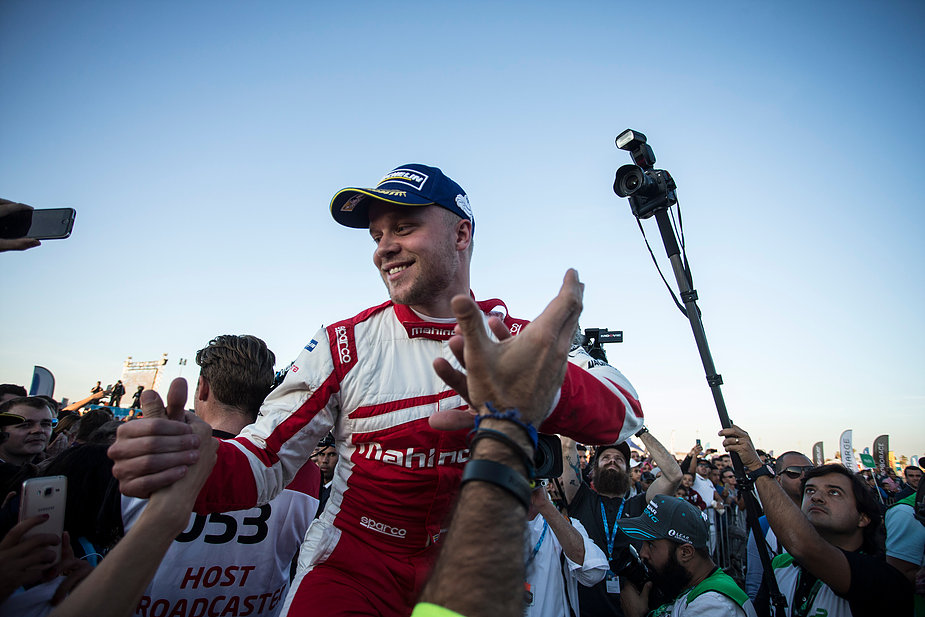
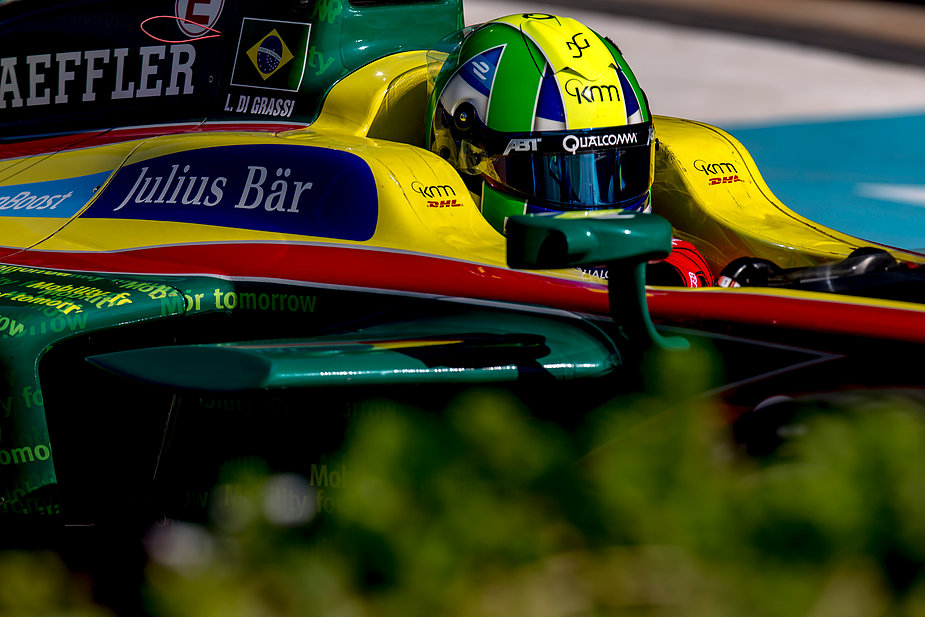
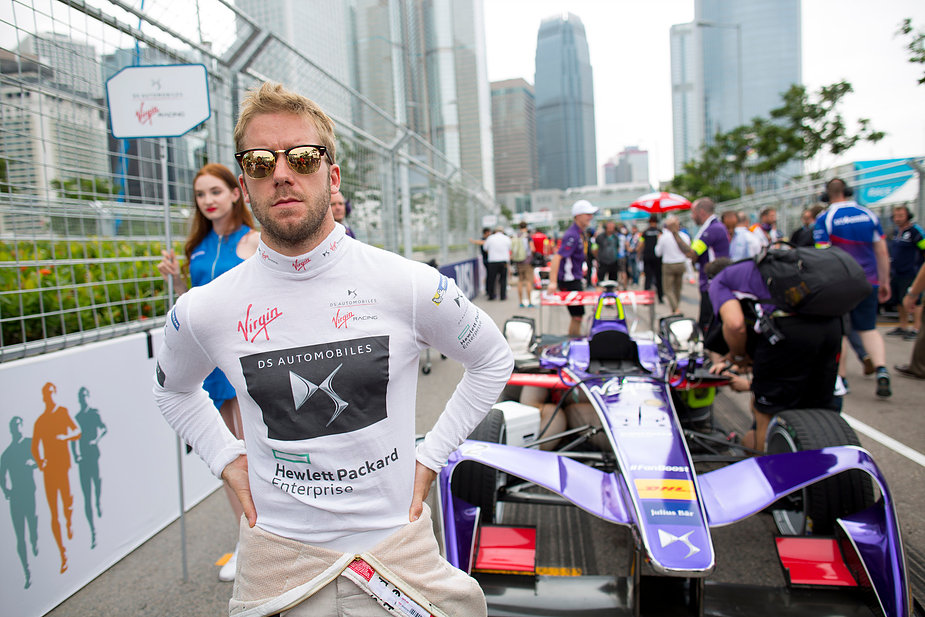
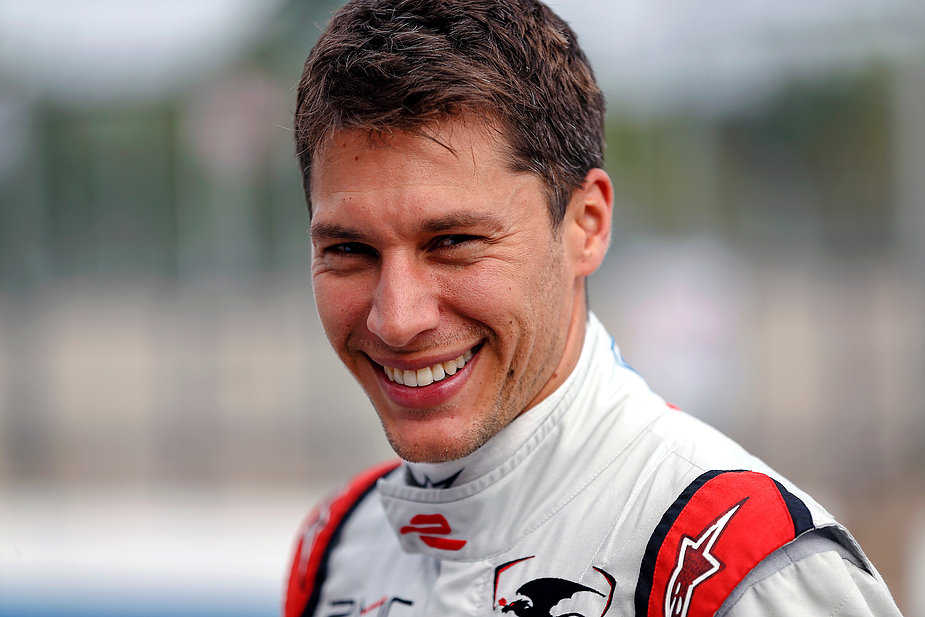
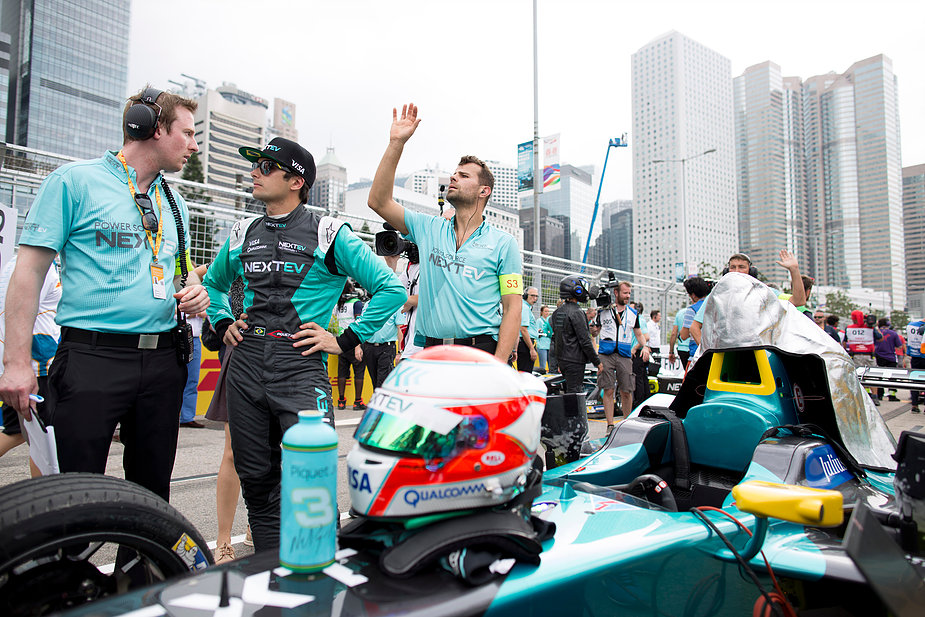
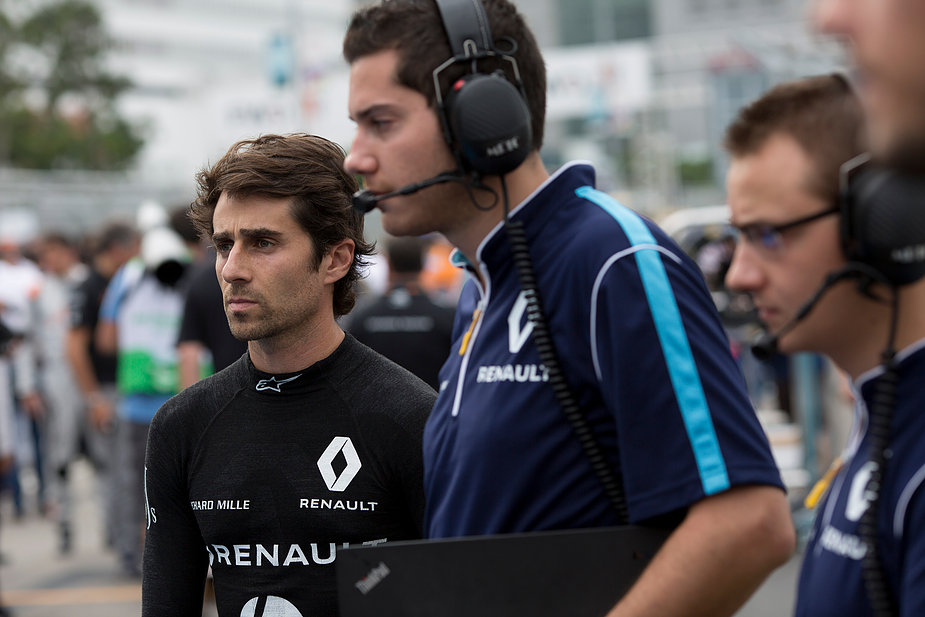
 Neil Simmons
Neil Simmons






















